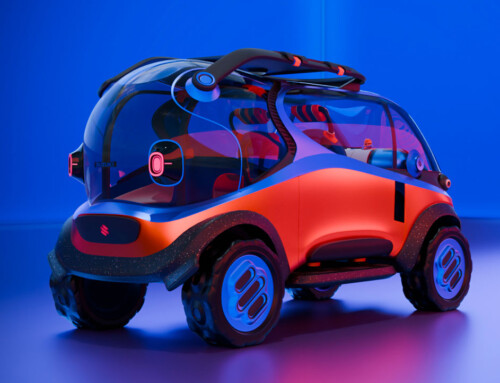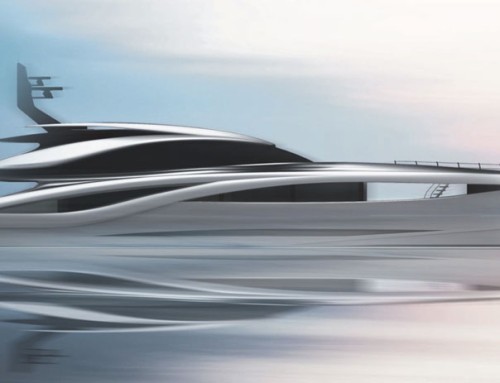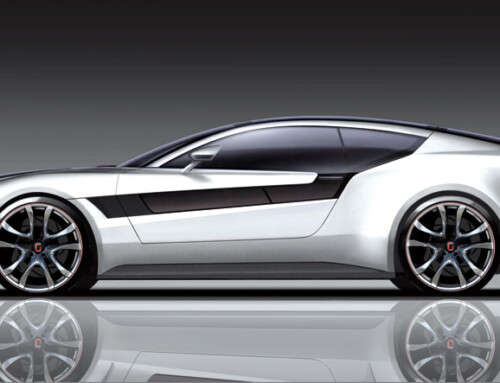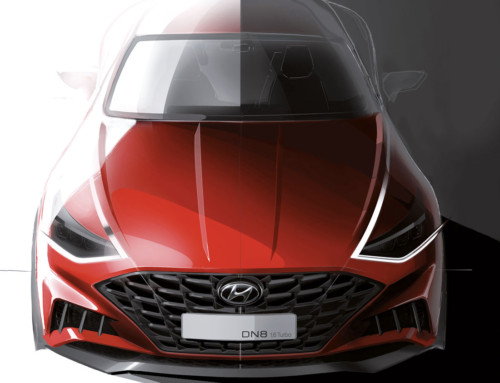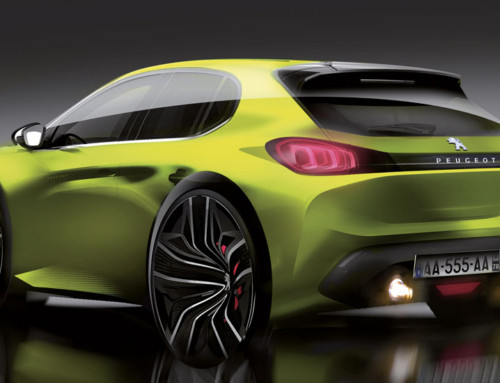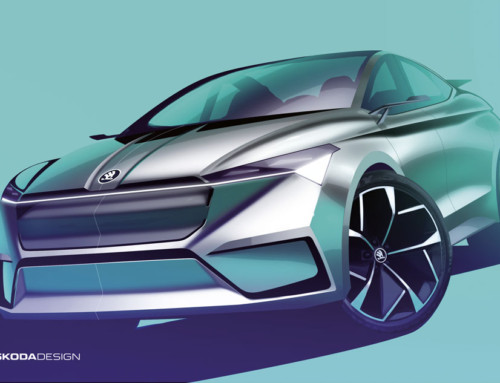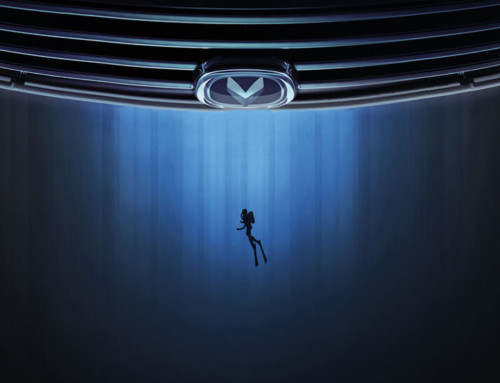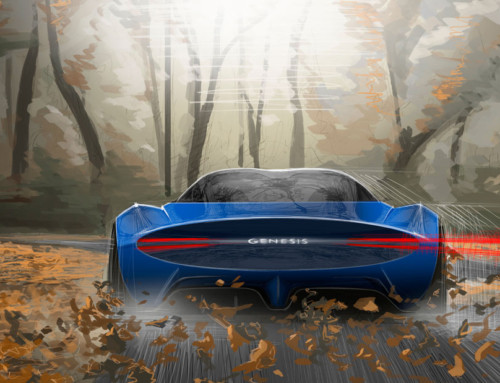
This phenomenon had made the planners secure in their conclusion that small cars are unacceptable to the American consumer until that is the arrival of the Beetle.
Now it is apparent that what will not sell are boring looking small cars with boring specifications, conversely vehicles with strong personalities, high quality and interesting specifications are entirely acceptable to American tastes. The Beetle’s success is not unique, the American consumer considers Toyota’s RAV4 and the Honda Civic small vehicles. Their success reinforces the fact that Americans will buy small vehicles in large numbers.
This scenario triggered the theme for the 10th Annual American Iron and Steel Institute’s sponsored intern design project at CCS. The project was code named, “My First Car” or “Personality Car” and as in the past three students were chosen from the 2nd and 3rd year classes to participate on the 12 week summer program. The constraints were fairly rigorous to achieve feasible design solutions. The target selling price for a base model was $ 14,000.
The cars were to come to market in 2003, i.e., a next generation vehicle. They were to incorporate the developments in steel technology achieved by Porsche Engineering Services in their work for AISI on the projects entitled; ‘Ultralight Steel Auto Body (ULSAB) and Light Truck’ structures.
With these parameters spelled out in the project brief, the three interns, Damon DePeyster of Detroit, MI., Brian Dunty of Baltimore, MD., and Sean Ehlert of Brownsville, TX., set to work. AISI gave them a thorough briefing in the ULSAB exhibit which contains an actual body in white incorporating all the ideas developed by Porsche Engineering Services.
General Motors Design Staff agreed to assist on the program and they provided a thorough marketing briefing about trends in this segment of the US market. Adam Bernard, a design staff product planner who also teaches a course at CCS entitled ‘Design Strategies’, gave a thorough overview which hinted at what was necessary to design a successful product.
Two designers from GM, Rohan Saparamadu, and Benjamin Jimenez, followed the design progress. Don Douty, an industrial designer by training with great knowledge of the steel industry, represented AISI throughout the project’s development while Bill Robinson and Carl Olsen from CCS provided a guiding hand to the students.
The article continues in Auto & Design no. 113

